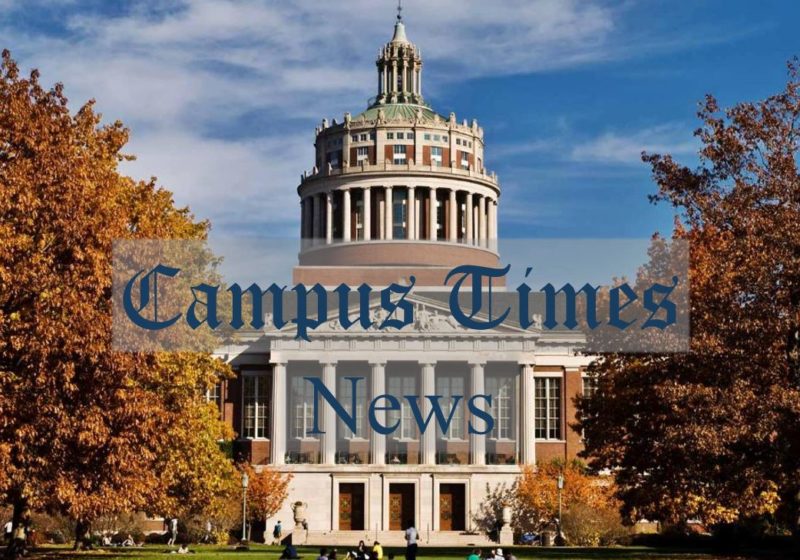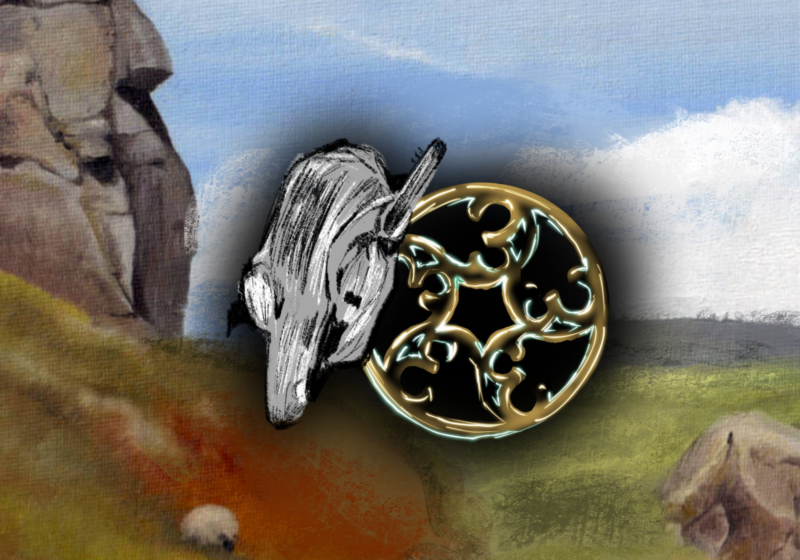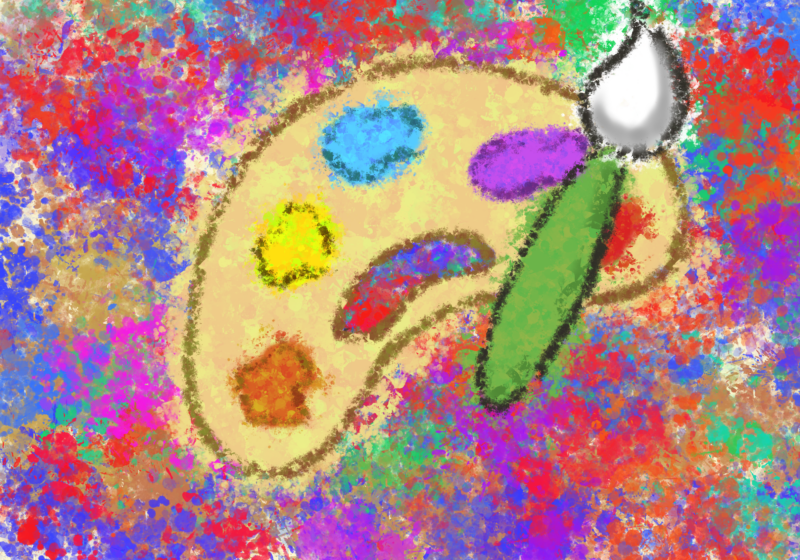On September 20, 2019, Sadae Kasaoka turned 87. The next day, she gave a testimony on the bomb that killed her parents.
When Kasaoka was 12, a plane dropped an atomic bomb on Hiroshima, killing tens of thousands.Speaking to students, faculty, and community members in the Interfaith Chapel, Kasaoka described the moment of the explosion on August 6, 1945.
“Suddenly, the glass window right in front of me turned all red,” Kasaoka said. “It was a beautiful color reminiscent of the first sunrise of the year, mixed with orange. At that moment, I heard a loud booming sound as the glass shattered into pieces and flew towards me.”
The testimony was accompanied by a map of the city of Hiroshima that included a diagram of the blast’s effects, a slideshow of drawings and photographs, and projected subtitles by professor of instruction in Japanese, Mariko Tamate.
Kasaoka’s testimony began quantitatively, with descriptions of the explosion’s location, size, and temperature. But as it went on, the content became more graphic and emotional. She described seeing her father, who was brought home in a cart the night after the bomb was dropped.
“I could not believe that the figure lying on the cart was a living person,” Kasaoka said. “His face was hugely swollen, and his eyes stayed wide open. His cracked lips were turned outwards, looking like pomegranate. His clothes were completely burned off, and he was not wearing anything. His body was shining black as if a tube of black paint had been applied.”
Kasaoka said she didn’t realize the man was her father until she heard his voice, asking that somebody find his wife.
When her father asked for water, Kasaoka said, she and her brother refused because they were told water could kill burn victims.
“I wish we had allowed him to drink even just a little.” When they tried to give him beer, he was too weak to drink.
Kasaoka’s father died on August 8, 1945. Kasaoka’s mother was never found.
Later, Kasaoka described her younger brother — who’d been living in the suburbs — returning home and calling for his mother. Her older brother pointed to the family Buddhist altar.
“The word ‘sadness’ could not possibly describe what I saw at that instant on the face of my younger brother, who realized that his parents were dead,” Kasaoka said.
The effects of the bomb didn’t stop there. A year later, “eruptions” appeared all over her body, and she became anemic. Kasaoka’s husband died of cancer at 35, presumably a result of radiation exposure. (For a time, from the day after the explosion, she said, he’d gone daily to the center of the city to try to find his father and sister.)
After telling her story, Kasaoka urged the abolition of war and nuclear weapons.
“There are many people who don’t know how terrible and frightening nuclear weapons are,” Kasaoka concluded. “Please tell them that nuclear weapons should not exist.”
“This event is something that we should remember as a country,” said audience member and UR staff member Rachel Remmel. “I went to school in Chicago where they did the research for the a-bombs and it was eye-opening to hear someone speak about their impact.”
Kasaoka’s visit was organized in part by professor Tamate and the Hiroshima Peace Memorial Museum. It was also a result of the relationship between the city of Rochester and the city of Nagasaki, which was hit with an atomic bomb three days after Hiroshima.
Tamate described the relationship in her introduction of Kasaoka. In 1927, Tamate said, Japan and the US exchanged “friendship dolls.” The Japanese dolls were made by the time’s best craftsmen, Tamate said. But during World War II, some of the dolls were “lost.” (Tamate employed air quotes.) In 2000, a friendship doll from Nagasaki was found in the Rochester Museum and Science Center. Out of this, Tamate said, a friendship between the cities was born. The original plan had been for the Hiroshima Peace Memorial Museum to send a survivor of the Nagasaki bombing to Rochester, but the survivor who planned on going died. And so instead, Kasaoka came. Two days before her visit to UR, Kasaoka spoke at the Central Library of Rochester and Monroe County.
Interviewed after the testimony, Tamate emphasized Kasaoka’s point that the testimony was not to guilt today’s Americans, but to raise awareness.
“It’s about educating people,” Tamate said. “Opening people’s eyes about how terrible these weapons are.”
Nonetheless, Tamate didn’t want to end the evening on a sad note. The event concluded with the audience singing a belated “Happy Birthday” to Kasaoka.
Correction (9/27/19): An earlier of this article misspelled Rachel Remmel’s name as Rachel Kammel. The error has been corrected.





